Hanging curtains above baseboard heaters are not hard to do. In so many homes, keeping themselves and their family warm during the cold winter morning are of topmost priority. Staying protected against a drop in temperature when cold starts can also affect the body and its ability to fight against viruses and infections.
However, one of the best ways to do that is to install a baseboard heater that will function as a heat source to the house, providing the adequate heat needed to keep the room home when necessary. By keeping your home warm, you are saving yourself and your family from coming in contact with any type of virus and infection.
Table of Contents
Baseboard Heaters
Baseboard heaters are the type of heaters that are always installed directly on the floor. It can as well be installed few inches above the floor. They are highly efficient and reliable for heat source during cold seasons.
Baseboard heaters are neither convection nor hydronic-powered, rather are designed to produce enough heat needed to keep the room warm without using up a lot of electricity. This allows you to keep the central heating system turned down low during those colder evenings, and turn on your floor heater for more energy-efficient warmth.
Baseboard heaters are the top solution for providing warmth to drafty rooms as well as removing the chill from any living area in your home. Most homes don’t use baseboard heaters as their primary heat source because of one reason or the other but the truth remains that they are a great option for supplemental heat.
There are different lengths of baseboard heaters for different rooms size. The sizes come with at least 1,000 to 2,000 watts of power, giving you different options to choose from for your home.
Types of Baseboard Heaters
Electric Baseboard Heaters
Electric baseboard heaters have the capacity to heat up the house from one room to another, and they are usually seen on the floor beside the wall. They are not expensive because they have no need for ducts but they are not as efficient as the central heating system.
One of the downsides of electric baseboard heaters is that it takes up to an hour to get a room heated up to the desired temperature. As you know, the room is heated up with the radiating heat that emits from the heaters.
With the help of electricity, electric baseboard heaters provide heat to the home. The air is heated in the heating unit through cables and then it’s pushed out. The cold air enters the heating unit and the hot air is pushed out simultaneously.
The heater has a thermostat, which turns the unit off when the air is heated to the desired temperature. When the temperature of the air becomes lower, the unit starts again.
Hydronic baseboard heater
Hydronic baseboard heaters are also known as hydronic heaters and use a form of central heating. Water or oil, that is sealed in the system, is heated which in turn heats the air. The main value is that the liquid in the system stays heated longer and remains warm long after the thermostat turns the system off.
Pros of Baseboard Heaters
Saves Cost
Paying bills can be annoying, but this is not applicable to baseboard heaters. The major benefit derived from baseboard heaters is saving money on your energy bills. Keeping warm can sometimes be a big problem during the cold winter mornings and nights. When you pull up the heat from these baseboard heaters, not only are you trying to heat up the room where you are, but you are also warming up the other rooms where there are no occupants in. With the baseboard heaters, the savings on your energy bills are with it. This is also why you should consider not hanging curtains above baseboard heaters.
Perfect for rooms that hardly keep warm
So many areas at home prove stubborn when it comes to them getting warm or been heated up, the basement and interior garage are two major areas that are always drafty, when the cold air gets inside, you will observe an automatic drop in the temperature.
Baseboard heaters are just the perfect match for them because the type of heat that emits from them spreads very well all through these areas. And this enables you to save costs from installing an expensive heating system. And the cost of maintenance for these heaters is just minimal, especially when you turn off the heat in places that are currently not in use.
Supplemental Heating for the Home
If you find yourself living in an old apartment, then it is very clear that you are making use of a heating system that has either been upgraded over a long period of time or has not at all. You can only enjoy this type of system during mildly cool days. But as soon as winter sets in, then you would either find yourself uncomfortable. Either adding extra clothing or snuggling under the blanket just to keep warm. The best option to this would be to use a baseboard heater to supplement the heat your furnace is not producing.
The worst thing that can happen to you is being cold while trying to do your normal house chores and routine activities. With the baseboard heater, you are assured of getting a quick and already made blanket of warm air in the entire room. This heat spans up to 150 feet.
Portability and Easy to Use
Portable baseboard heaters are a good choice when you desire heat in specific locations. These types are good and can be easily plugged into a nearby electrical outlet. Some types even have carrier handles that make it easy for them to be picked up and move to another location. provide a quick way to pick the unit up and move to another location.
Cons of Baseboard Heaters
- Can be Expensive if it depends on Electricity: If the baseboard depends on electricity to function, then it can be expensive as it can raise the electricity bills.
- The Model determines where you Install: The heaters with inbuilt thermostats can cause inconsistent heating so installing them on the wall is the best option.
- Makes no space for Furniture nearby: The vent must not be interrupted or obstructed by any item in the home like furniture.
How to Hang Curtains Above Baseboard Heaters
- Place the end of your measuring tape against the top of the baseboard heater, and measure 12 inches up the wall. Ensure to mark the 1-foot point with a pencil.
- Measure the distance from the top of the window to the place where you already have a pencil marked. If you want your curtains to hang on your ceiling, measure the distance from the ceiling to that 12-inch mark.
- Get curtains that do not drape below the 12-inches-above-baseboard mark. If you cannot find curtains that are short enough, use either a sewing machine or hand needle and hem the curtains. If for any reason you think you will not stand the look of a curtain that ends a foot off the floor, then you will need to get a curtain that ends at the windowsill.
- Slide the curtains onto your curtain rod, then put the rod into the brackets at the top of your window or at the ceiling, if the brackets are there.
Types of Curtains Suitable to Hang Above Baseboard Heaters
- Sheer or light-textured curtains
- Short length curtains
- Below the sill curtains
- Foldable curtains
How Far Above Baseboard Heaters Should Curtains Be?
Curtains should be 4 inches (10 centimeters) above baseboard heaters. Ensure that the bottom layer end at least 10 centimeters (4 inches) above the heaters, or if it is a full floor-length curtain hooked on the ceiling, at least three centimeters above the floor is perfect. Most importantly ensure that the space between the back of the curtains and the front of the heaters is five centimeters (two inches) long. Never consider hanging long curtains close to baseboard heaters or use curtains that touch the floor where there are baseboard heaters.
Can Curtains Touch Baseboard Heaters?
Curtains should not touch baseboard heaters, therefore, hang the curtains in a way that it does not touch the baseboard heater, so that the airflow you always enjoy would not be obstructed. You can also get a 63-inch length curtain to cover the sills.
Conclusion
Having a baseboard heater at home is so important for the cold winter days; the challenge is how to manage the curtains and the baseboard heaters. Hanging curtains above baseboard heaters are a problem. A very big one for that matter. Always ensure that curtains do not cover the baseboard heater as such would amount to a waste of energy, time, and money. Give the curtains and heaters some inches apart from each other to enable you to enjoy the best experience of having a baseboard heater during the winter period.


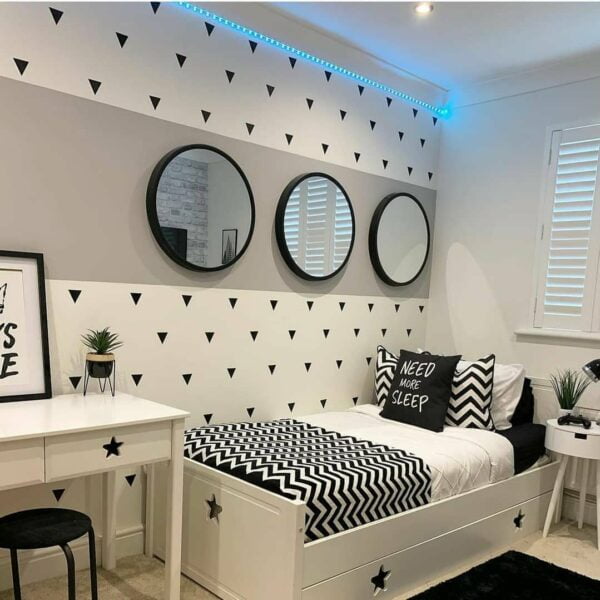

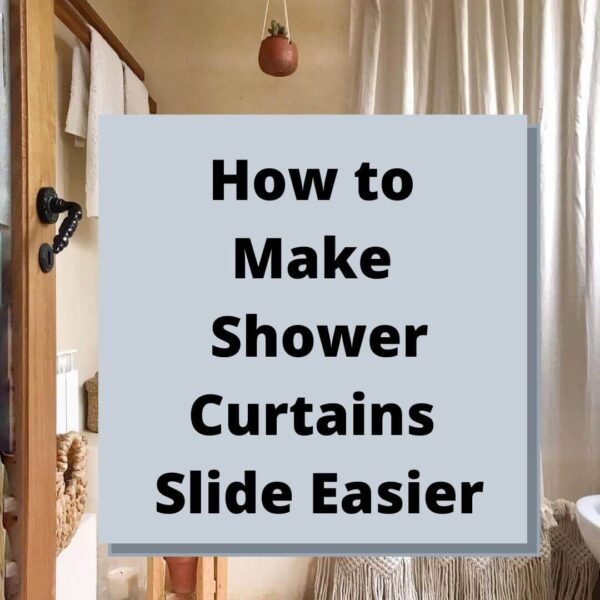
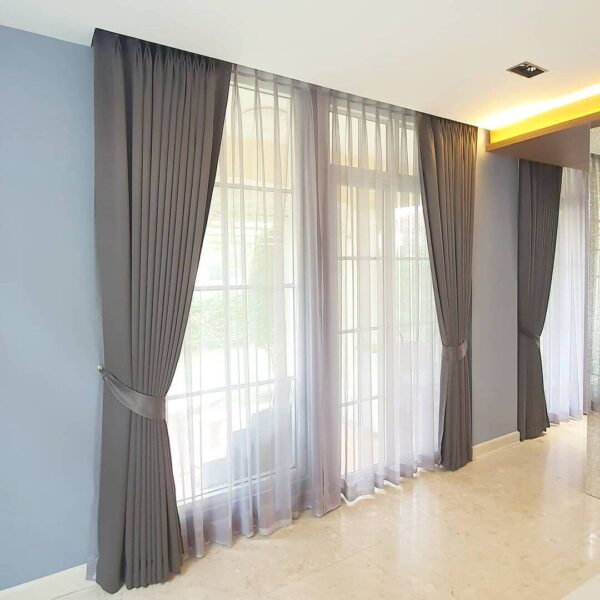
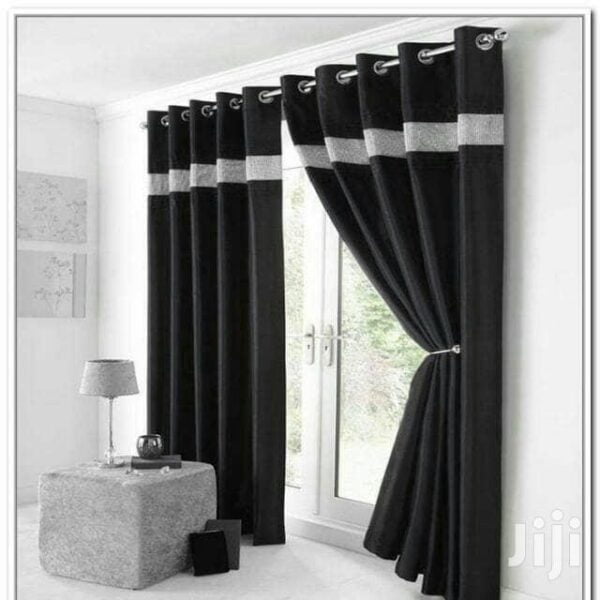
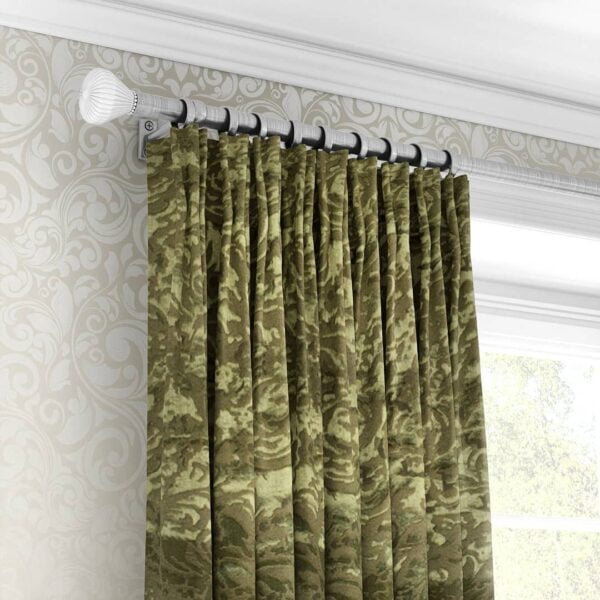
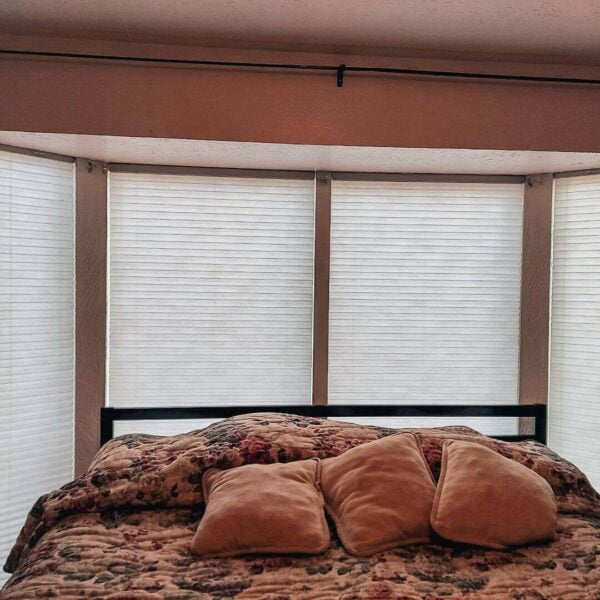
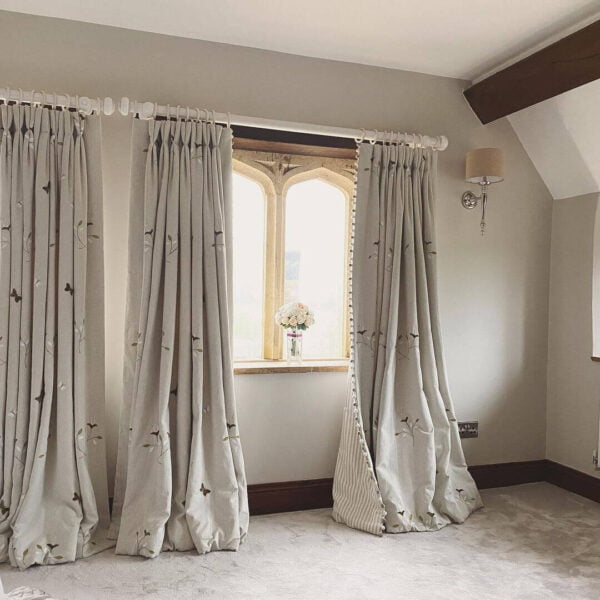
Leave a Comment